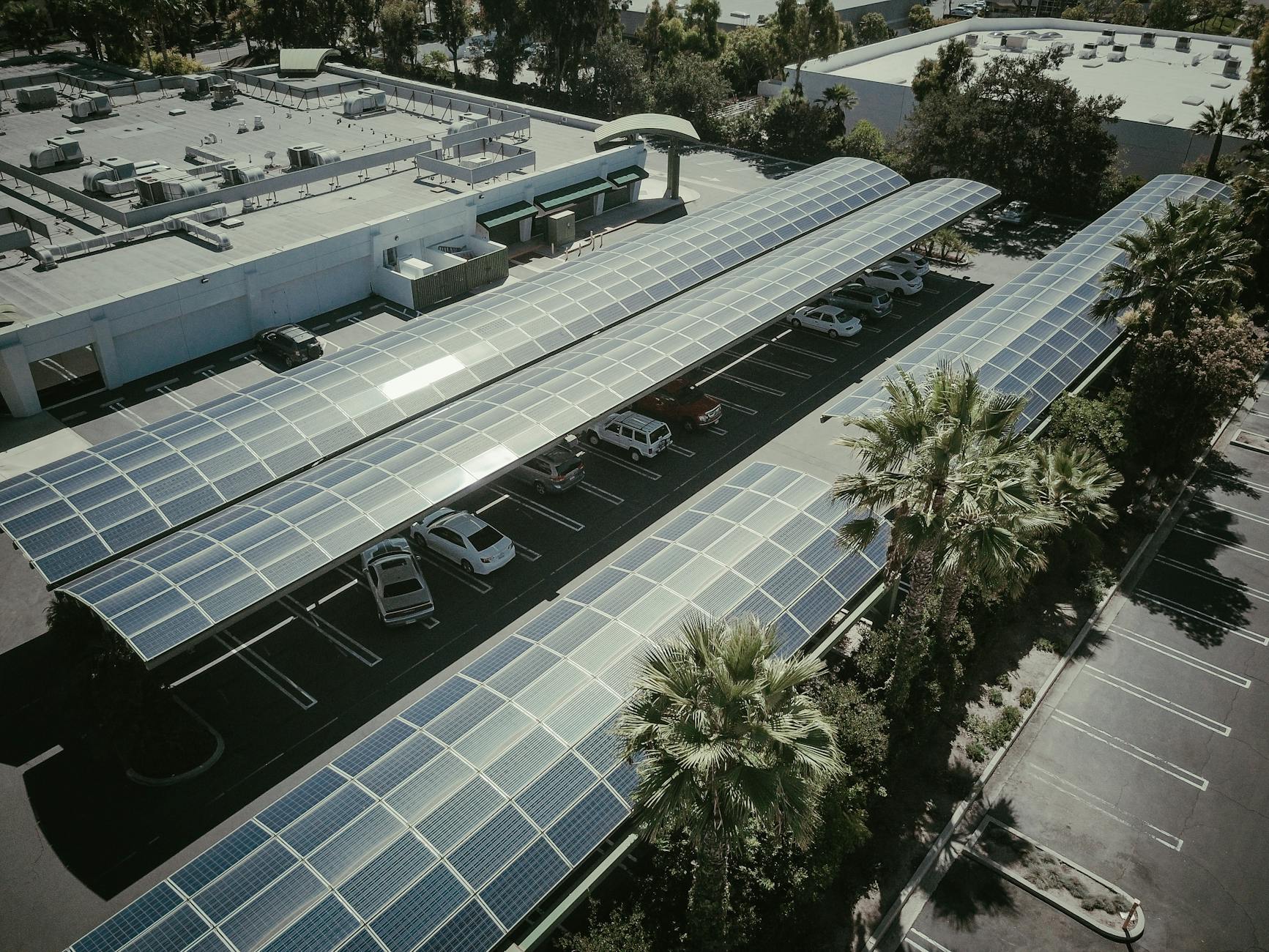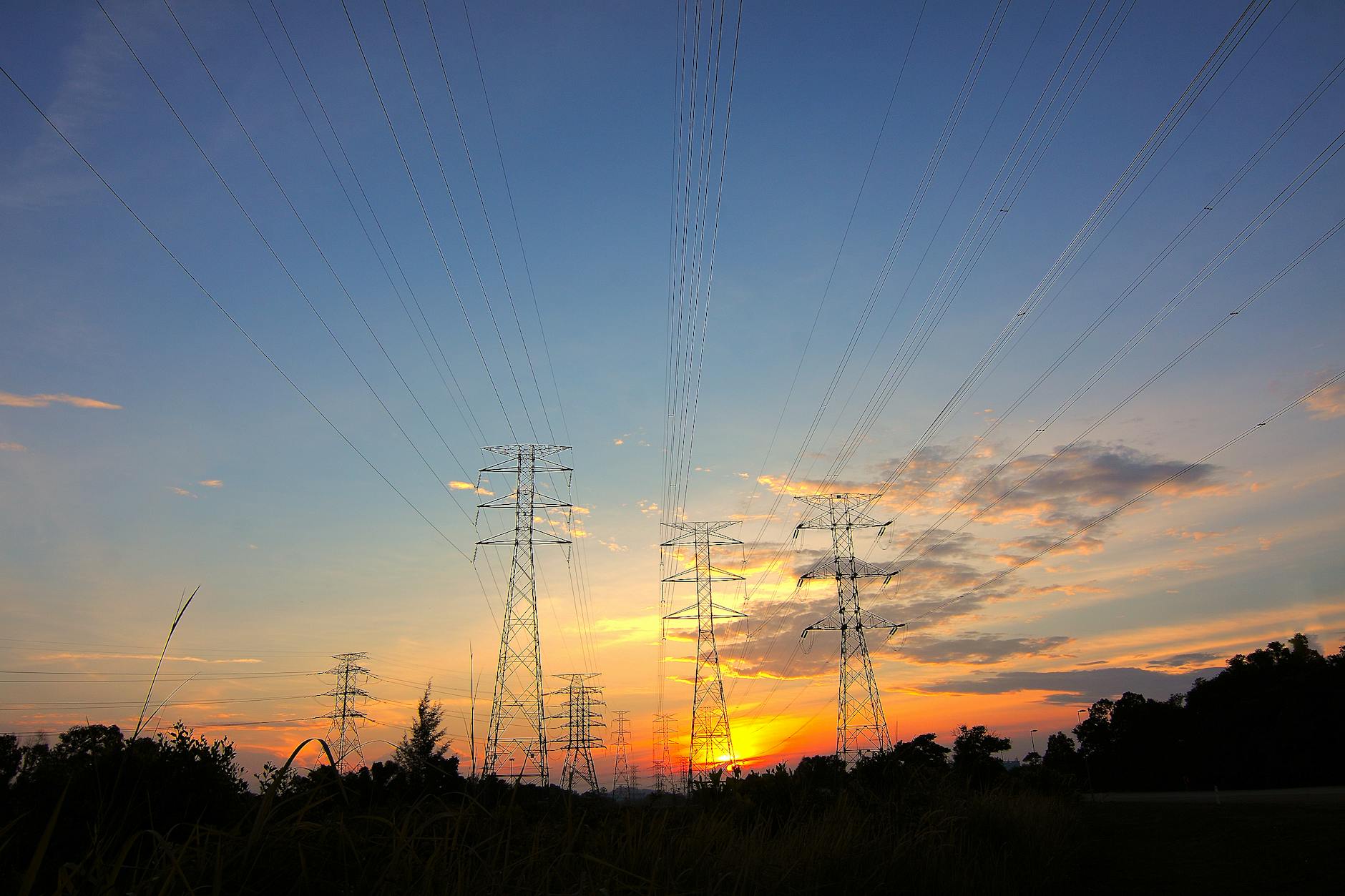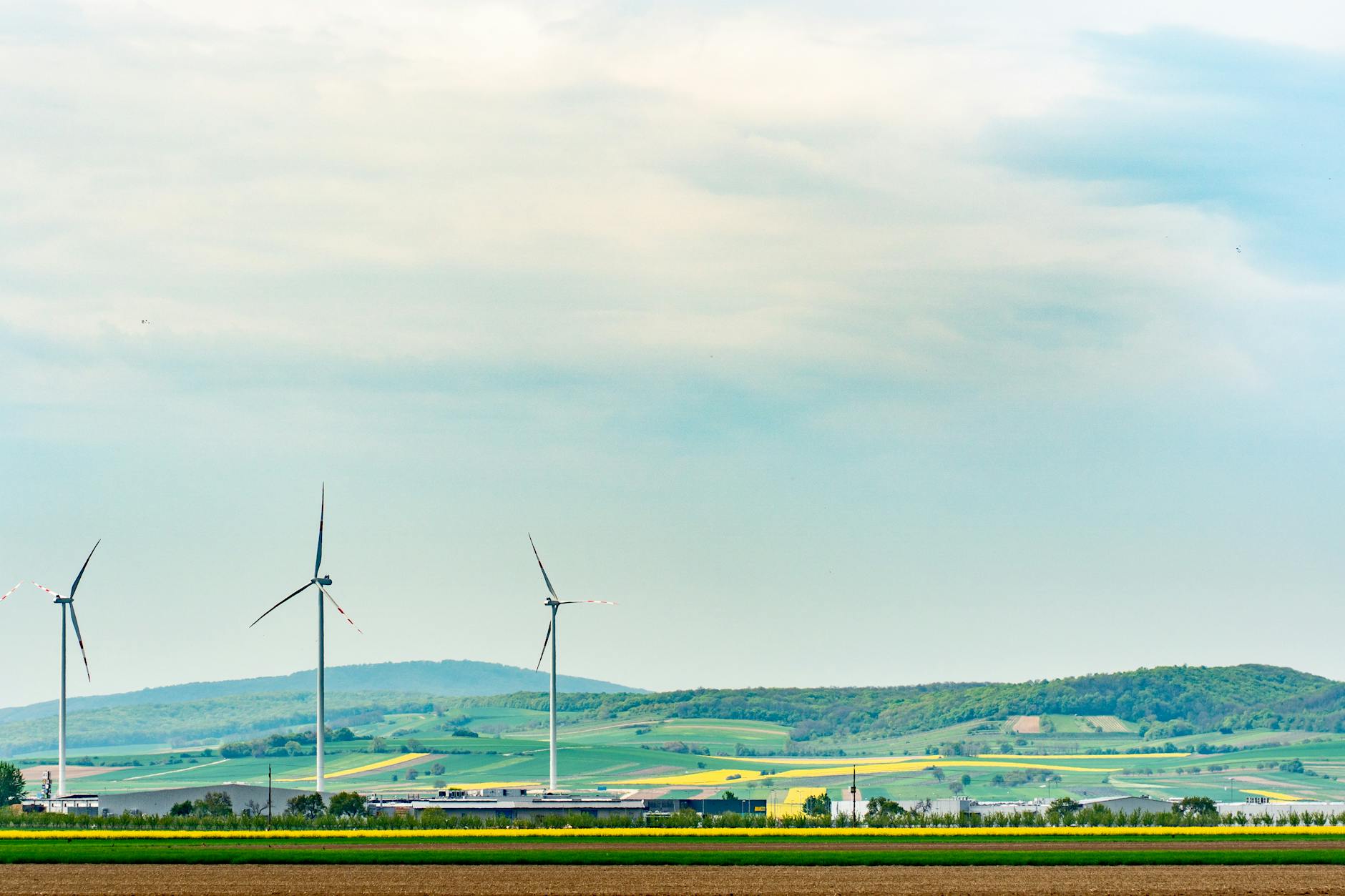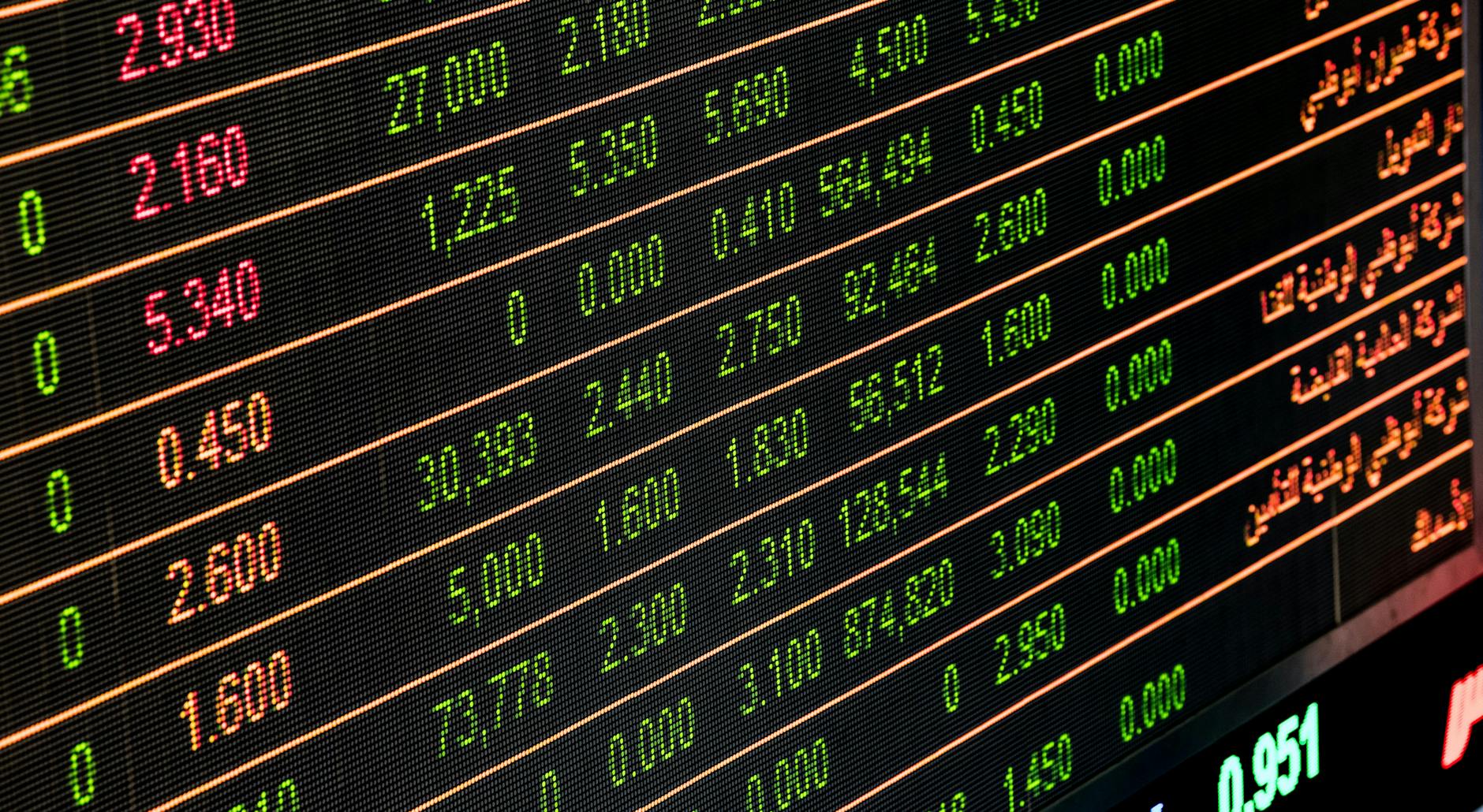Introduction
The integration of renewable energy sources into urban power grids is becoming a critical aspect of sustainable development. With the increasing adoption of solar, wind, and other renewable technologies, the role of smart building platforms in managing and optimizing energy use has never been more important. These platforms enable buildings to function as active participants in the energy ecosystem, balancing supply and demand while enhancing efficiency and resilience.
Enhancing Energy Efficiency with Smart Building Platforms
Smart building platforms leverage data analytics, automation, and IoT technology to optimize energy consumption. They provide real-time monitoring and predictive insights, allowing building managers to adjust energy use based on demand and environmental conditions. In addition to improving efficiency, these platforms contribute to occupant well-being by ensuring optimal indoor environmental quality, aligning with frameworks such as the WELL building standard, which emphasizes human health and comfort in built environments.
Integrating Renewable Energy Sources

One of the most transformative aspects of smart building platforms is their ability to seamlessly integrate renewable energy sources. Traditionally, energy flows from centralized power plants to consumers in a one-directional model. However, with the proliferation of decentralized energy generation—such as rooftop solar panels and on-site wind turbines—buildings can now generate, store, and even return excess energy to the grid.
Solar Energy Integration
Smart building platforms can optimize the use of solar energy by coordinating energy storage and consumption. Advanced forecasting algorithms predict solar generation patterns based on weather conditions, enabling buildings to store excess power during peak sunlight hours and deploy it when needed. This reduces reliance on fossil-fuel-based grid electricity and enhances sustainability.
Wind Energy Utilization
Urban wind energy solutions, such as small-scale wind turbines installed on rooftops, can be effectively managed by smart platforms. These systems analyze wind speed and direction to maximize energy capture while adjusting power distribution in real time. By integrating wind energy with other renewable sources, buildings can maintain a stable energy supply even during fluctuating weather conditions.
Energy Storage and Grid Interaction
Energy storage plays a vital role in the effectiveness of smart building platforms. Battery storage solutions allow buildings to store surplus renewable energy and use it when demand is high. Additionally, these platforms enable grid interaction through demand response programs, where buildings adjust their energy usage in response to grid signals, helping to stabilize supply fluctuations and prevent outages.
The Role of Smart Grids in Urban Energy Transformation

Smart grids enhance the integration of renewable energy by enabling two-way communication between energy producers and consumers. Smart building platforms act as intermediaries, ensuring efficient energy exchange between the grid and decentralized energy sources. This interaction helps reduce peak demand pressures, lower operational costs, and promote the widespread adoption of clean energy.
Demand Response and Load Management
By leveraging AI-driven automation, smart building platforms can participate in demand response programs. During peak demand periods, these systems automatically adjust non-essential energy use, shifting consumption to off-peak hours when renewable energy supply is abundant. This dynamic load management improves grid reliability and reduces the need for fossil-fuel backup power generation.
Microgrids and Energy Independence
Microgrids are localized energy networks that can operate independently or in conjunction with the main grid. Smart building platforms facilitate microgrid coordination by managing energy generation, storage, and distribution within a defined area. This enhances energy security by providing a resilient backup during grid disruptions, making communities less vulnerable to blackouts.
Economic and Environmental Benefits

The integration of smart building platforms with renewable energy sources brings both financial and environmental advantages. Businesses and homeowners can reduce energy costs by utilizing self-generated power while contributing to the broader transition toward sustainable energy.
Cost Savings and ROI
Investing in smart building platforms enables property owners to lower operational expenses by reducing energy waste and optimizing consumption patterns. Additionally, participating in energy trading programs allows buildings to sell excess electricity back to the grid, creating new revenue streams.
Carbon Footprint Reduction
By maximizing the use of renewable energy and minimizing dependence on fossil fuels, smart buildings play a significant role in reducing carbon emissions. This contributes to global climate goals and enhances corporate sustainability initiatives, making buildings more attractive to environmentally conscious tenants and investors.
Overcoming Challenges in Renewable Energy Integration

Despite its numerous benefits, integrating renewable energy into smart building platforms presents challenges. Variability in renewable energy production, regulatory complexities, and initial infrastructure costs can create obstacles. However, advancements in AI-driven predictive modeling and supportive policy frameworks are helping to address these challenges.
Predictive Analytics for Energy Forecasting
AI-powered predictive analytics improve the accuracy of renewable energy generation forecasts, allowing buildings to anticipate fluctuations and adjust consumption accordingly. This enhances system reliability and ensures a stable energy supply.
Policy and Incentive Support
Government policies and incentives, such as tax credits and feed-in tariffs, encourage the adoption of renewable energy and smart building solutions. Collaborations between policymakers, technology providers, and industry stakeholders are crucial in accelerating the transition to smart, renewable-powered infrastructure.
Conclusion
The convergence of smart building platforms and renewable energy integration represents a paradigm shift in urban energy management. By enabling seamless interaction between buildings and the grid, these platforms enhance efficiency, promote sustainability, and support resilient energy networks. As technology continues to evolve, the potential for further innovation in this space is limitless.
Organizations that embrace this transformation will not only benefit from cost savings and operational efficiencies but also contribute to a greener, more sustainable future. CIM remains at the forefront of this evolution, driving intelligent solutions for modern energy management.










